


Unlock The Magic of The Fiesta

.avif)


.svg)
.avif)

Unveiling the Agave Odyssey
Step into the world of Mr. Sancho Pancho, where passion, tradition, and adventure blend to create the finest tequila.
.avif)
.avif)
.avif)

Taste the Legacy of Mr. Sancho Pancho Tequila
Reposado
Elevate your tequila experience with Mr. Sancho Pancho Reposado Tequila, a harmonious marriage of tradition and innovation. Rested in oak barrels for a minimum of six months, this exquisite tequila develops a rich golden hue that mirrors the Mexican sunset. As you indulge in its aromatic bouquet of vanilla, caramel, and light oak, your senses will be transported to the heart of Jalisco. The taste is a symphony of agave sweetness, accented by notes of butterscotch and a delicate spice that lingers on your tongue. Immerse yourself in the soulful depths of Mexico with Mr. Sancho Pancho Reposado Tequila.


Blanco
Experience the pure essence of agave with Mr. Sancho Pancho Blanco Tequila. Our master distillers have meticulously crafted this tequila to capture the vibrant and untouched spirit of the Blue Agave plant. Crystal clear and unaged, Blanco offers a sensory journey that begins with the earthy aroma of baked agave, followed by hints of citrus and pepper. The taste is an invigorating dance of sweet agave flavors intertwined with herbal undertones, leading to a smooth finish that leaves your palate craving for more. Savor the unadulterated soul of Mexico in every sip of Mr. Sancho Pancho Blanco Tequila.


añejo
Experience the pure essence of agave with Mr. Sancho Pancho Blanco Tequila. Our master distillers have meticulously crafted this tequila to capture the vibrant and untouched spirit of the Blue Agave plant. Crystal clear and unaged, Blanco offers a sensory journey that begins with the earthy aroma of baked agave, followed by hints of citrus and pepper. The taste is an invigorating dance of sweet agave flavors intertwined with herbal undertones, leading to a smooth finish that leaves your palate craving for more. Savor the unadulterated soul of Mexico in every sip of Mr. Sancho Pancho Blanco Tequila.
.svg)

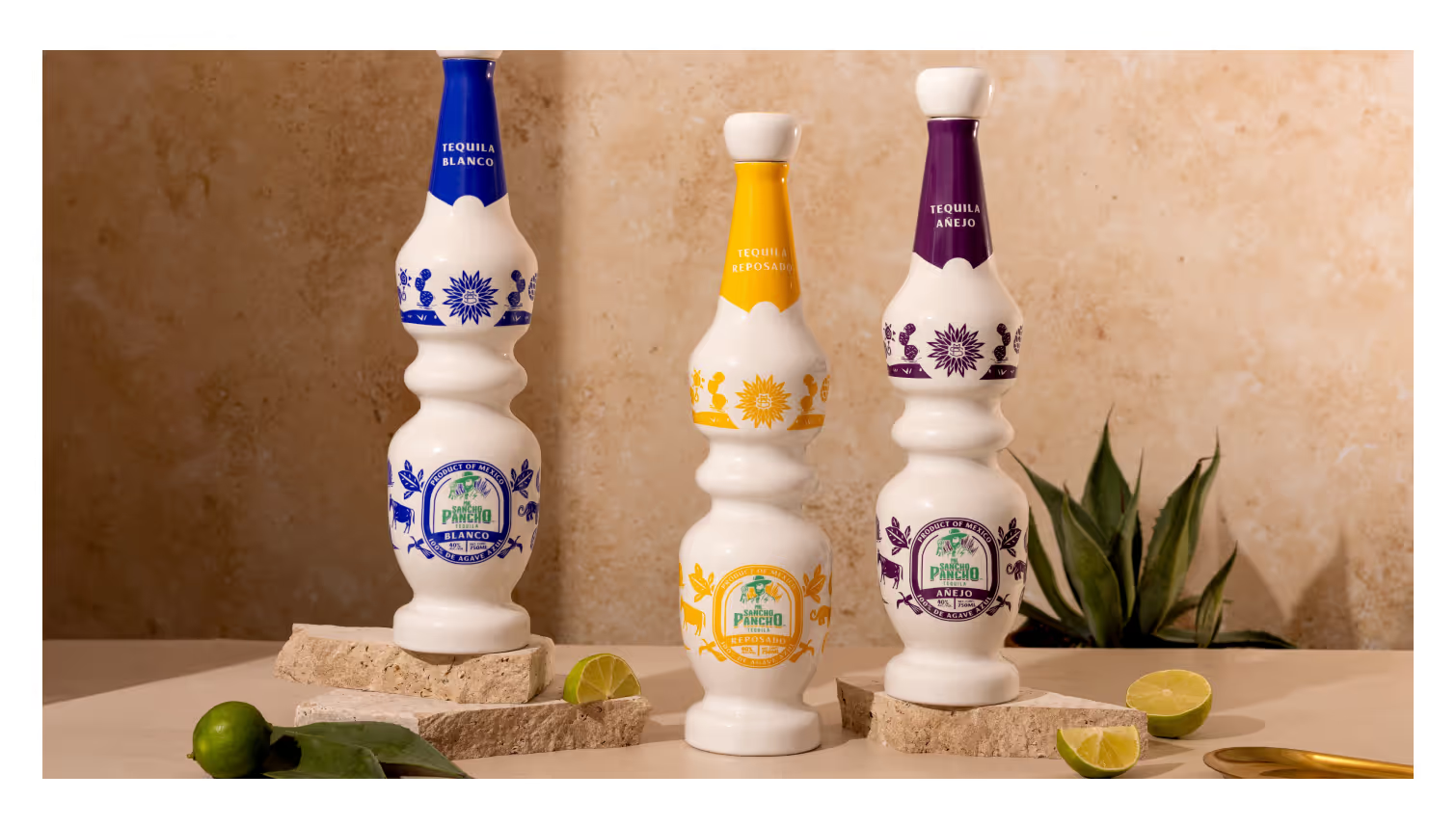
.avif)

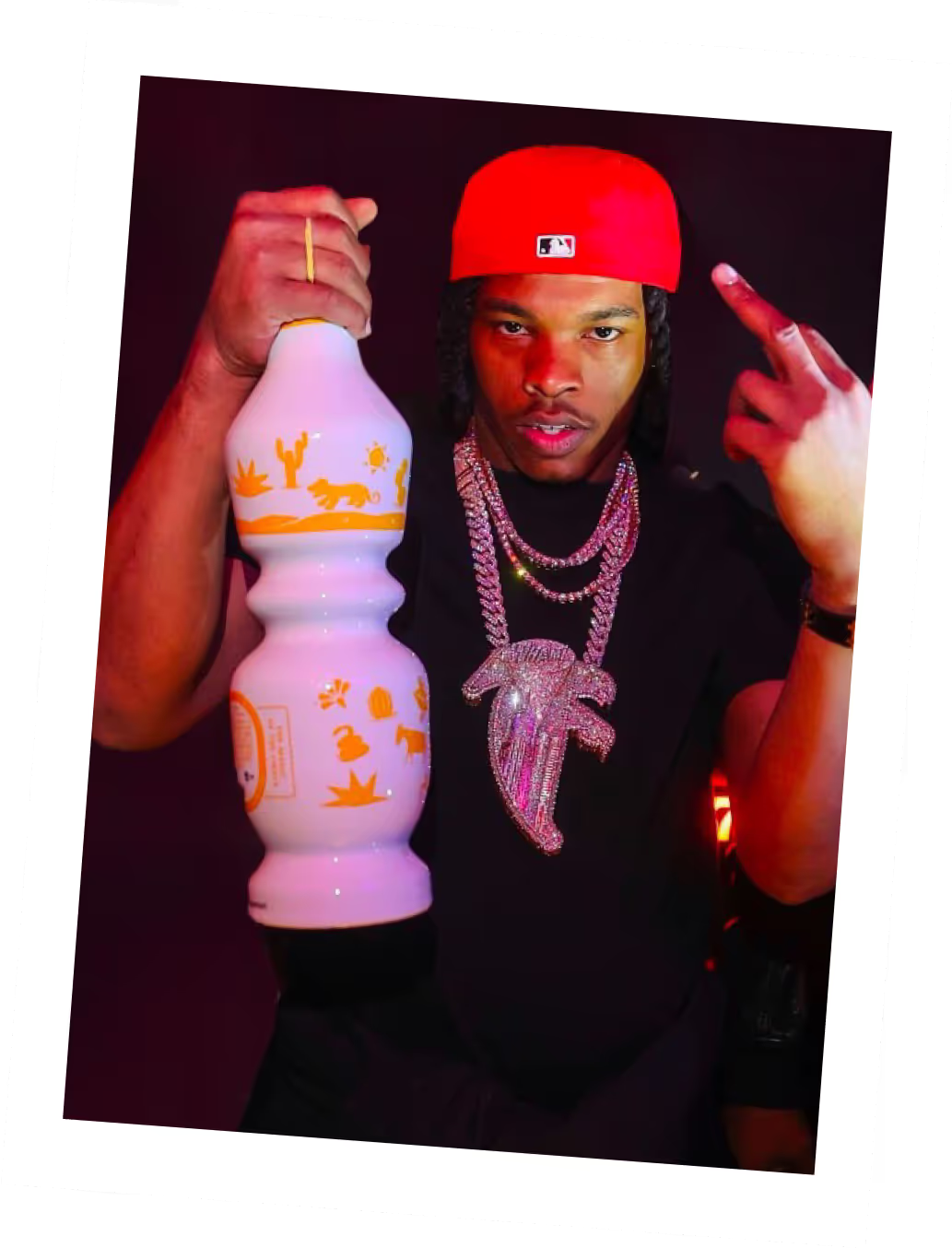

.avif)
.avif)
Discover the Epitome of Excellence

Heritage and Authenticity
MSP Tequila stands firmly rooted in the rich cultural heritage of Mexico. We have partnered with expert agave farmers who have perfected their craft for generations, ensuring that only the finest, hand-selected agave plants are used in the creation of our tequila. Our traditional distillation methods remain true to the time-honored techniques, guaranteeing an authentic and unparalleled tequila experience.

Uncompromising Quality
MSP Tequila is synonymous with uncompromising quality. We spare no expense in sourcing the finest ingredients and implementing meticulous production processes. Our master distillers, with their unparalleled expertise, oversee every step, from harvesting the agave to the final aging process. The result is an exquisite tequila that boasts a smooth, refined taste profile that tantalizes the senses with each sip.

Innovation and Modernity
While we deeply respect tradition, we also believe in pushing the boundaries of innovation. At MSP Tequila, we have combined the wisdom of the past with cutting-edge techniques to create a tequila that appeals to the modern consumer. Our extensive range of expressions, including Blanco, Reposado, and Añejo, cater to every discerning palate, offering a diverse and exciting experience that keeps customers coming back for more.

Sustainability and Social Responsibility
At MSP Tequila, we are committed to preserving our planet for future generations. We have implemented sustainable practices throughout our production process, ensuring minimal impact on the environment. Additionally, we actively contribute to social initiatives, supporting local communities and uplifting the lives of those involved in our supply chain. By choosing MSP Tequila, customers not only indulge in a superior tequila but also become a part of our mission to create a better world.

Experiential Marketing
We recognize that building a brand is not just about the product; it's about creating an emotional connection with our audience. Through immersive experiential marketing campaigns, we will transport our customers to the heart of Mexico, where they can witness the artisanal craftsmanship that goes into each bottle of MSP Tequila. From masterclasses to exclusive tasting events, we will provide unforgettable experiences that forge lasting relationships with our clientele.
Crafting Excellence: Our Agave Journey
Embark on a journey through the meticulous process that brings forth the exceptional flavors and qualities of our agave products. We are committed to preserving the authenticity and essence of agave while harnessing modern techniques to deliver a range of unparalleled delights.

.avif)
.avif)
.avif)
.avif)
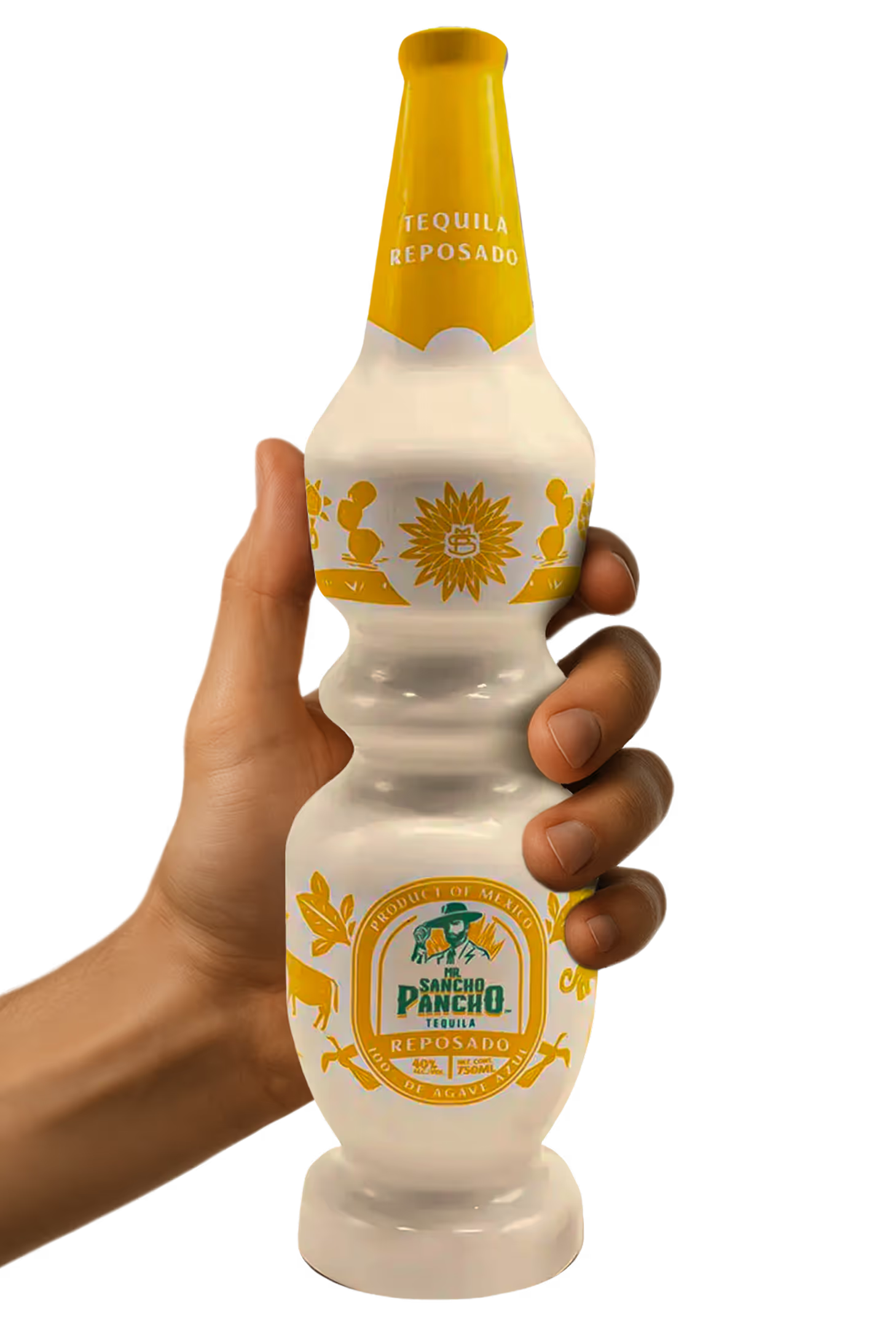
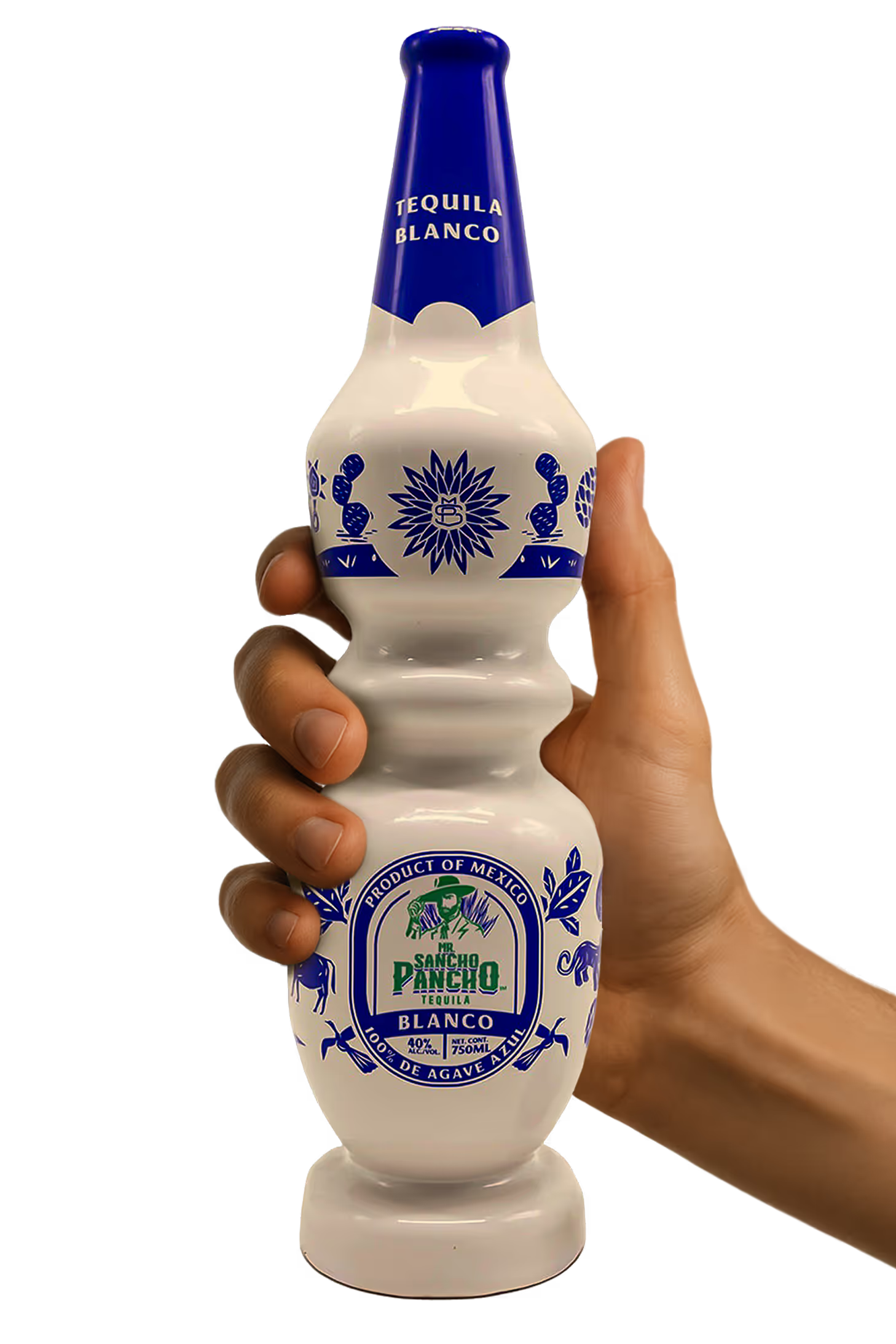
.avif)

Sip the Spirit of Agave

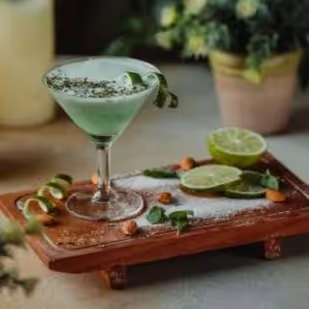
.avif)
.avif)

Immerse yourself in the world of agave-inspired mixology as we present a curated selection of cocktail recipes that celebrate the soulful essence of agave. Our handcrafted libations are carefully crafted to ignite your senses and elevate your cocktail experience.
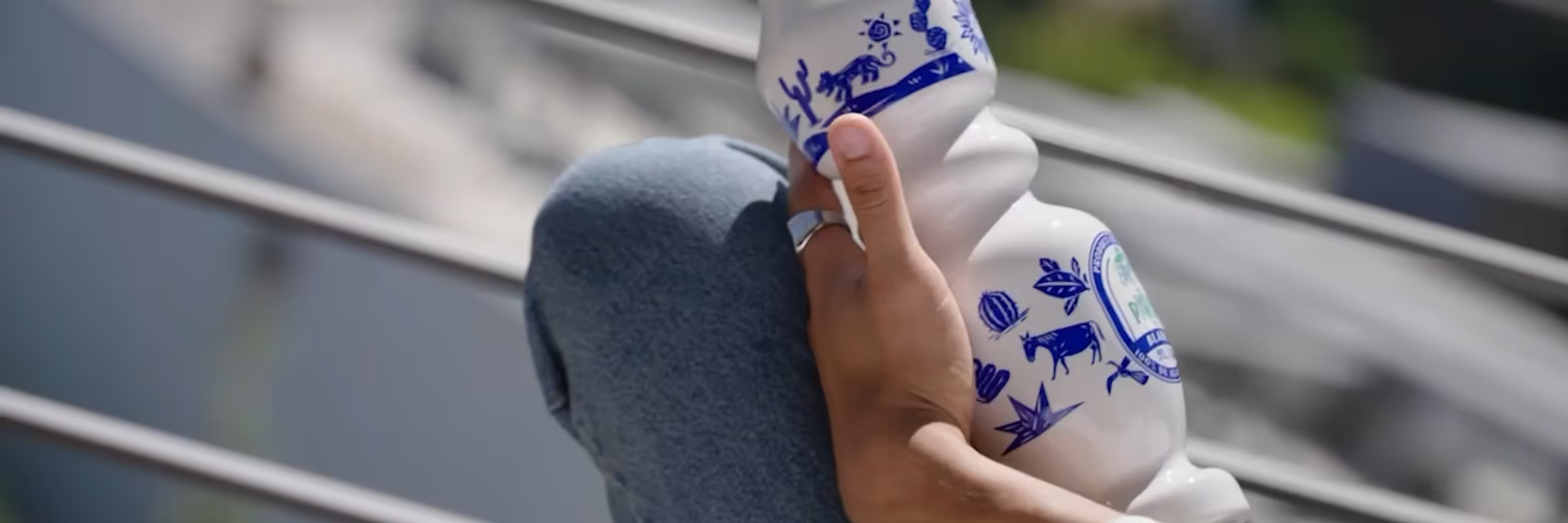
Our Stories and Expert Articles

The Fifty Best Holds a Blanco Tequila Tasting
New York, NY, (August 28, 2025) – The Fifty Best has once again shined its spotlight on tequila by hosting a tasting where contenders were evaluated for the distinguished “Best Blanco Tequila” awards for 2025.

MR. SANCHO PANCHO TEQUILA PARTNERS WITH LIONS GROUP TO REDEFINE LUXURY SPIRITS IN THE U.S.
Fiesta Magic in Every Pour —Mr. Sancho Pancho™ by Genuine Gold Distilled and bottled by Autentica Tequilera, S.A. de C.V., Jalisco, Mexico. (NOM 1502).
.avif)
.avif)


.avif)
.avif)


.avif)




.avif)












.png)


.avif)
